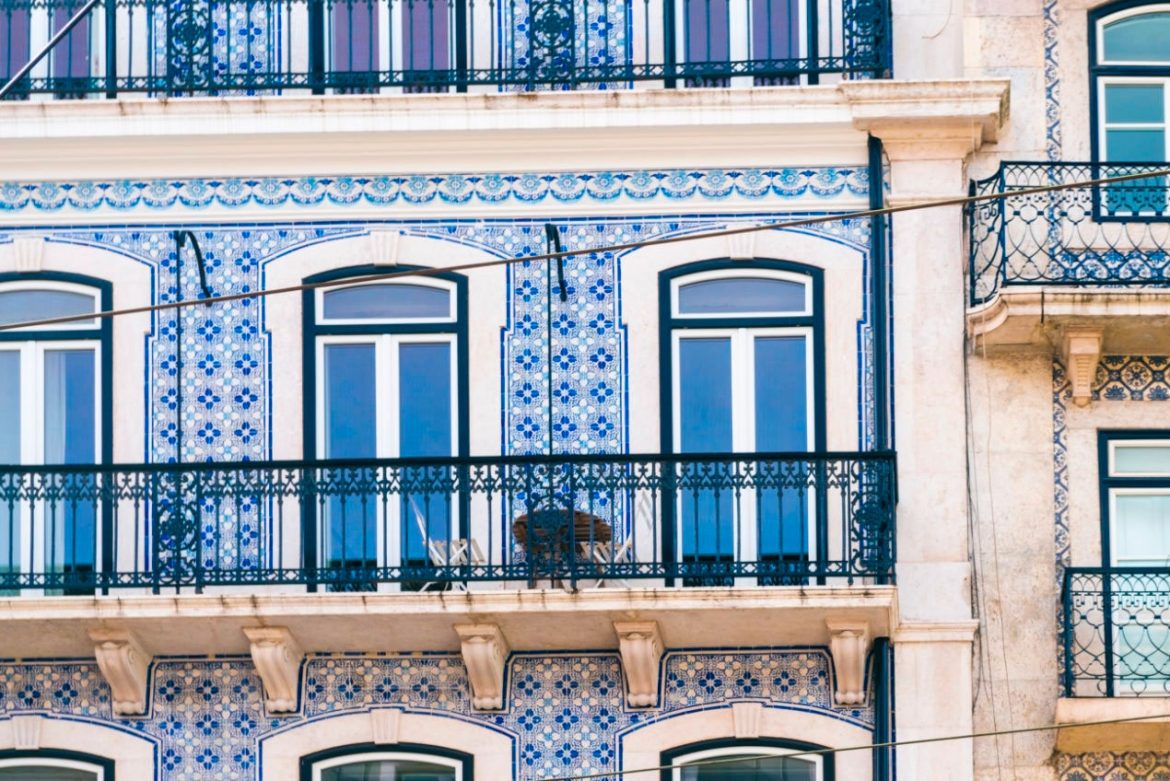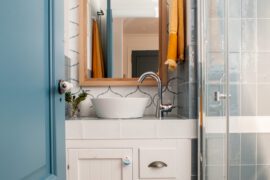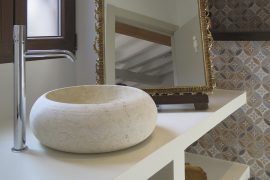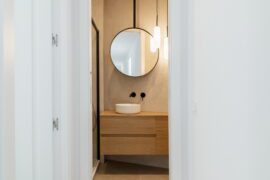Portuguese architecture, as with any other country, is marked by centuries of culture and history, but there are local touches that make a place unique.
In the case of Portugal, this is the Manueline style, known as the exuberant Portuguese version of the late Gothic, and the Pombaline style, a mixture of late Baroque and Neoclassicism that was developed following the Great Lisbon earthquake of 1755.
It can be said that the Pombaline style (1755–1860) is the most representative of Portuguese architecture because of its understatement and lack of ostentation. This spirit of functionality has reached our time and been modernised for adaptation to the interiors of today’s homes. To find out more, we talk to Carlos Filgueiras, CEO of Aquafrigio, the official Bathco distributor in Portugal.
Filgueiras said that “although the tradition of using tiles comes from the Arab influence, it is in the 19th century that it starts to be applied more intensively, because of the establishment of factories in Lisbon, Aveiro and Porto. The tiles are on the façades of private buildings and in railway stations, as well as inside the most luxurious buildings, and it is found as decoration in some foyers and balcony walls, depicting images of country life”.
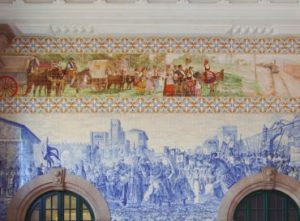 In Spain, the kitchen and bathroom are considered the most appropriate places for using tiles. In Portugal happens the same where “bathrooms and kitchens are tiled in solid and less decorative colours to facilitate cleaning and to give an impression of hygiene by covering the walls with tiles”.
In Spain, the kitchen and bathroom are considered the most appropriate places for using tiles. In Portugal happens the same where “bathrooms and kitchens are tiled in solid and less decorative colours to facilitate cleaning and to give an impression of hygiene by covering the walls with tiles”.
About decoration trends, Filgueiras says that “currently the classical canons are being maintained in work involving restoration and refurbishment, respecting the old patterns and methods. In new buildings, tiles in larger formats made possible by an evolution in manufacturing processes are typically used.
The general manager of Aquafrigio comments the importance of a typical Portuguese home. “In the main bathroom of the house, there is typically a toilet with a floor-mounted outlet and tank, bidets, a washbasin and a bathtub. The trend of the last 20 years has been the installation of the toilet; bidets are becoming increasingly less common; the washbasin is typically installed in a cabinet; and the bathtub is being replaced by a shower tray.
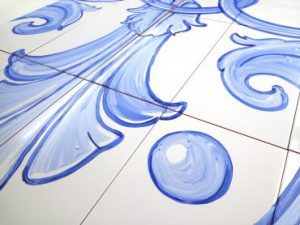 Whilst in powder rooms or auxiliary bathrooms, there tends to be a toilet and washbasin as the main pieces, with the emphasis on the design, the material—stone or aluminium—and even including decoration”.
Whilst in powder rooms or auxiliary bathrooms, there tends to be a toilet and washbasin as the main pieces, with the emphasis on the design, the material—stone or aluminium—and even including decoration”.
We asked him about other materials traditionally used in Portugal, apart from tiles. He answered that “in the decoration of interiors, the main material is wood. In the 19th century, the most luxurious rooms used this material for the floor, as well as in dining rooms and hallways, where panelling covered the bottom half of the wall. Ceilings were decorated with noble woods imported from Brazil and Africa”.


